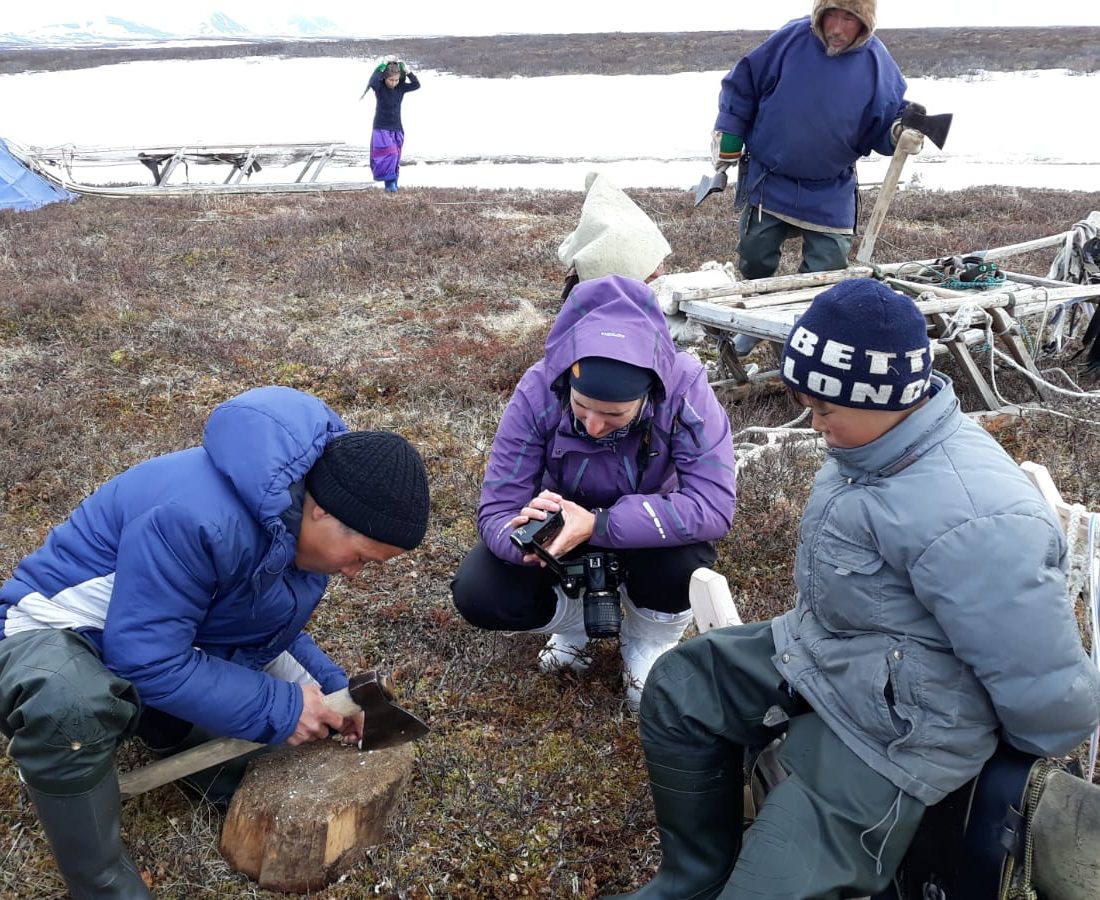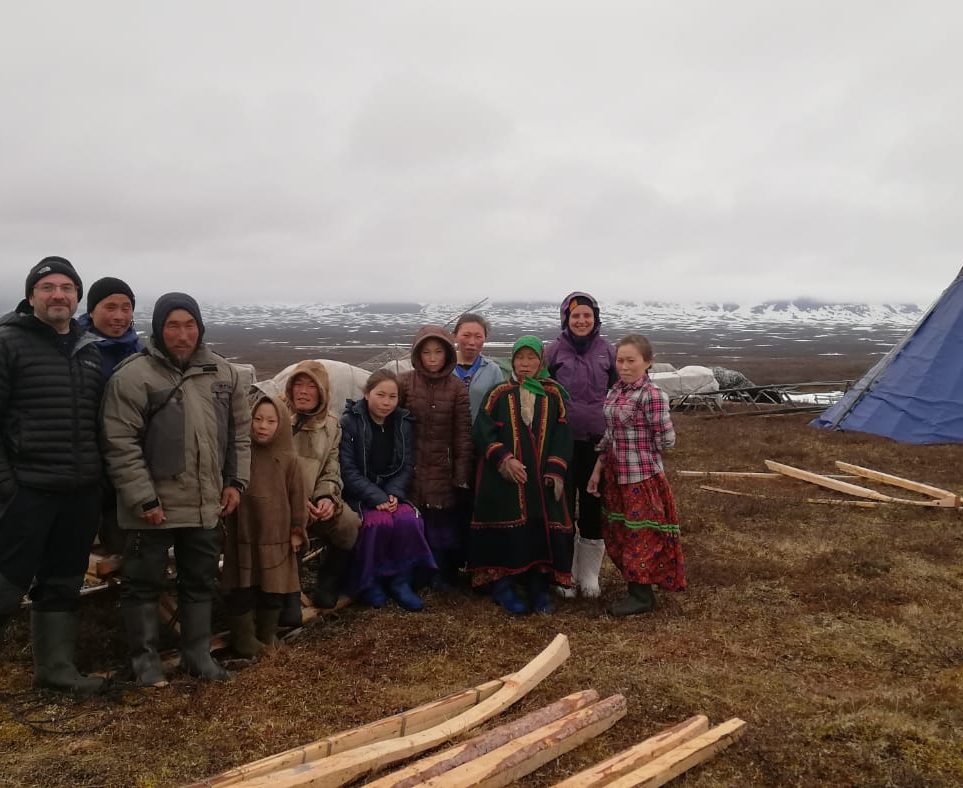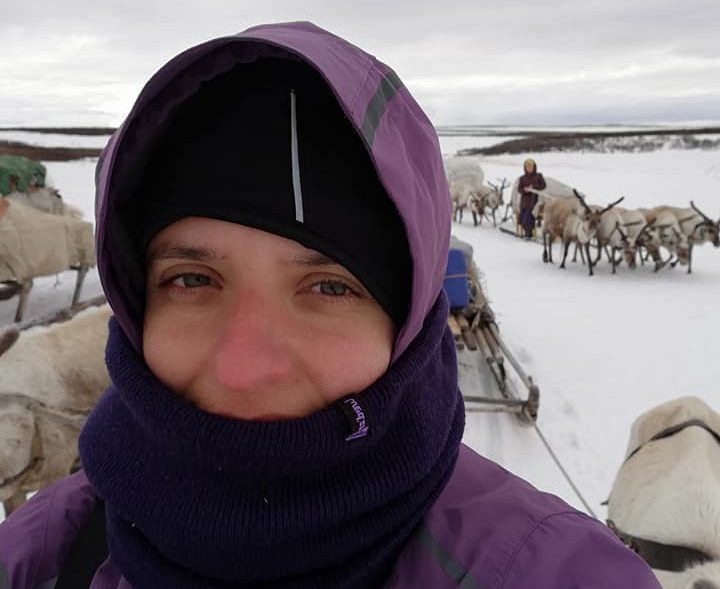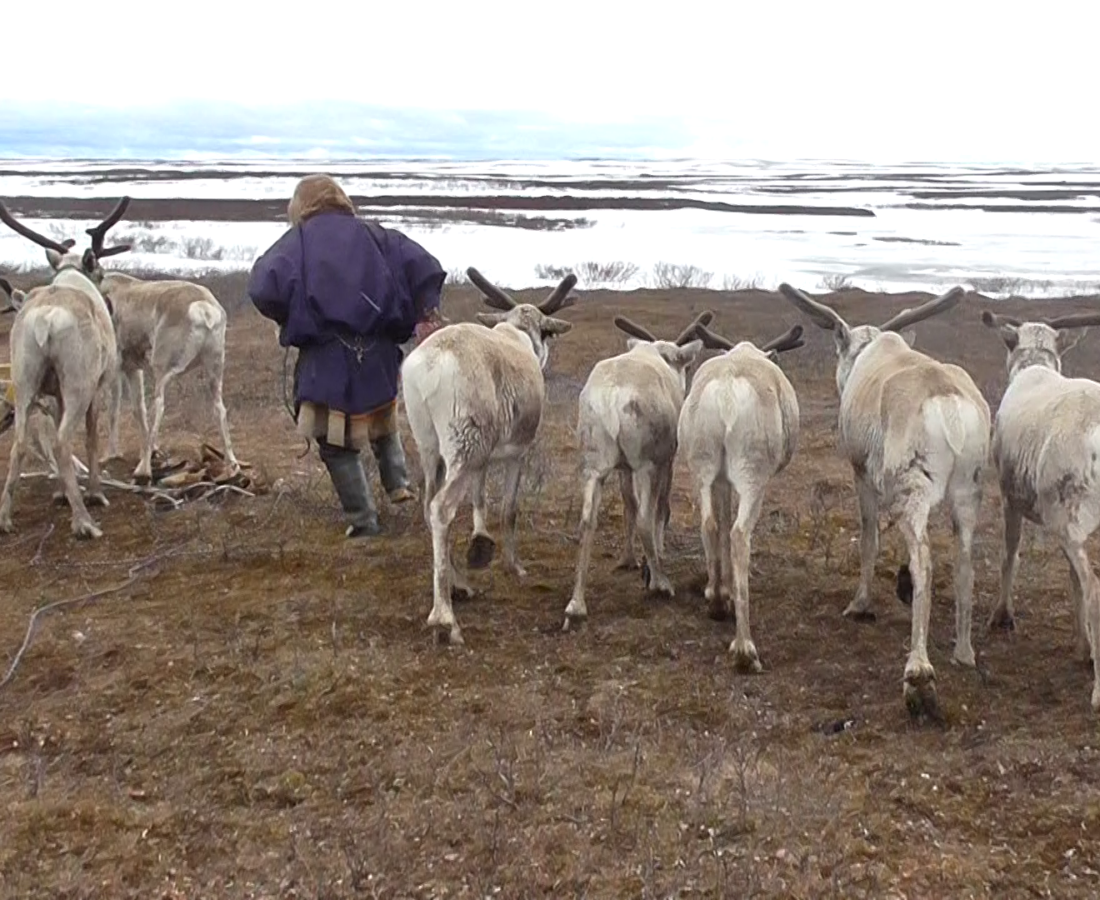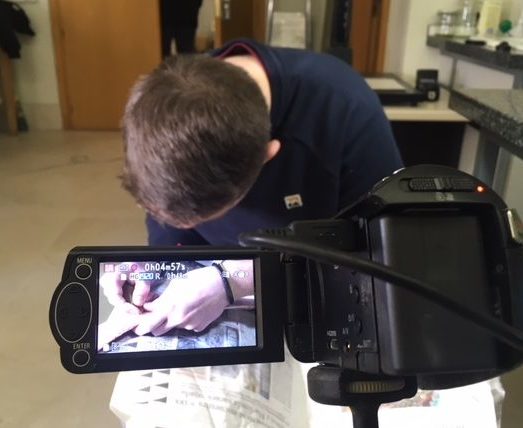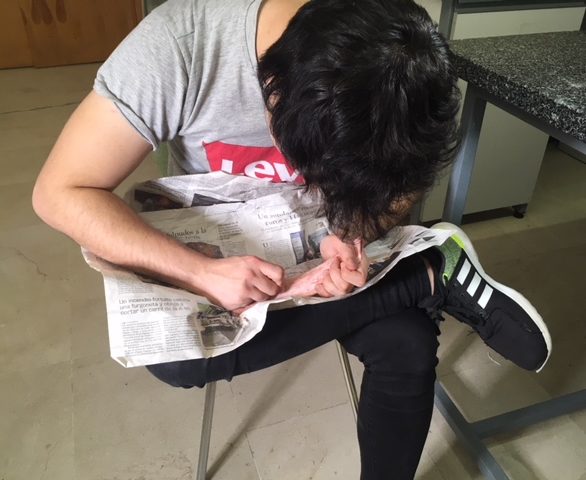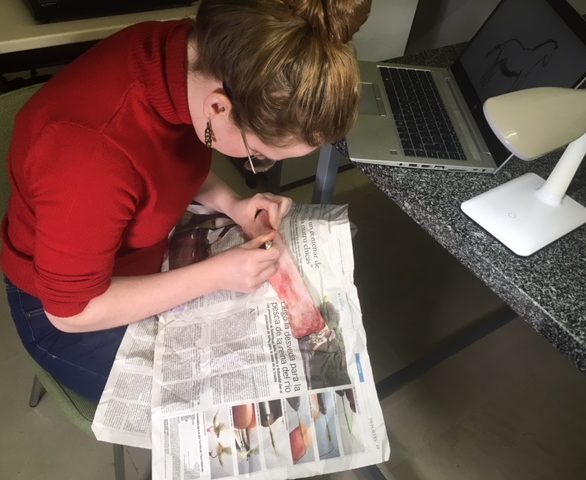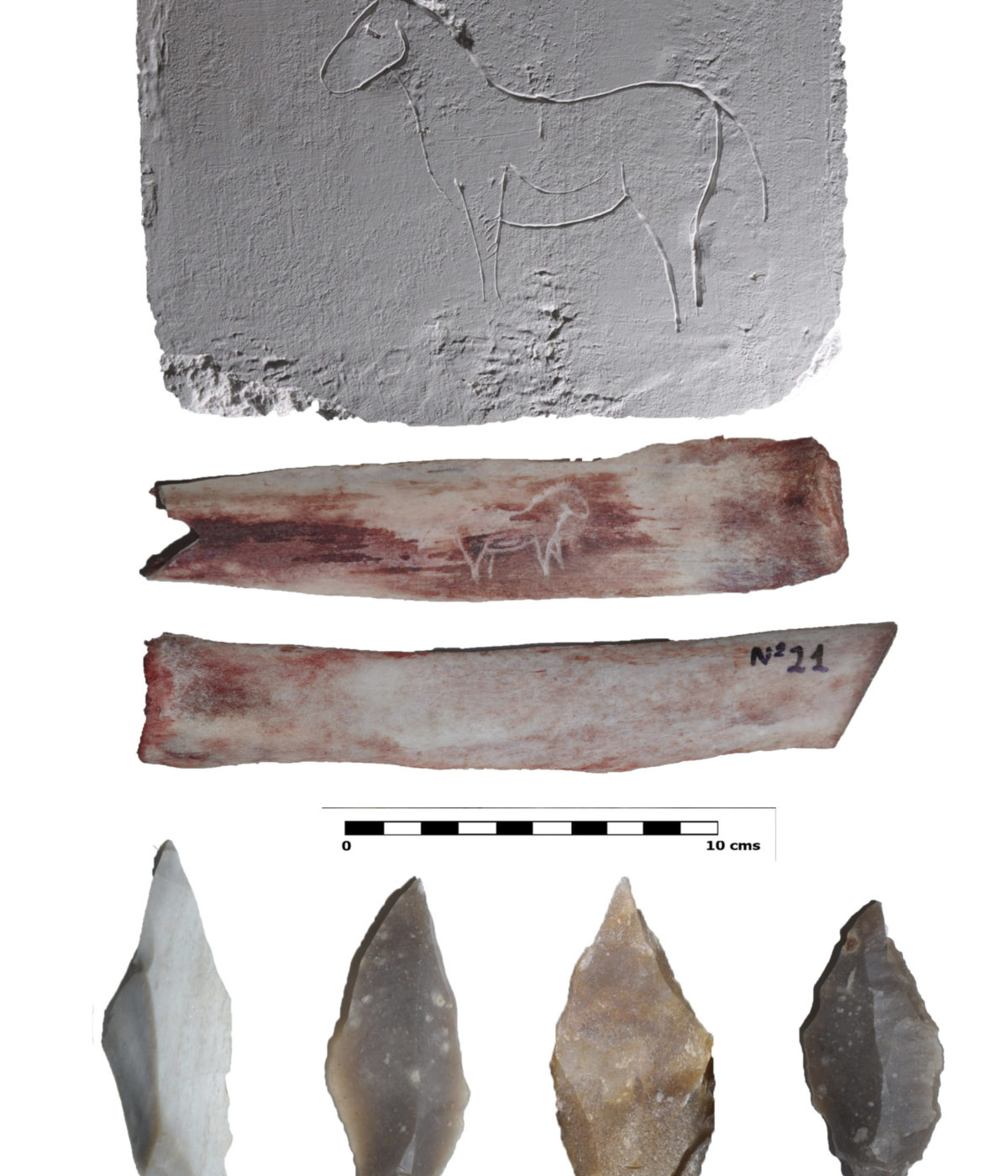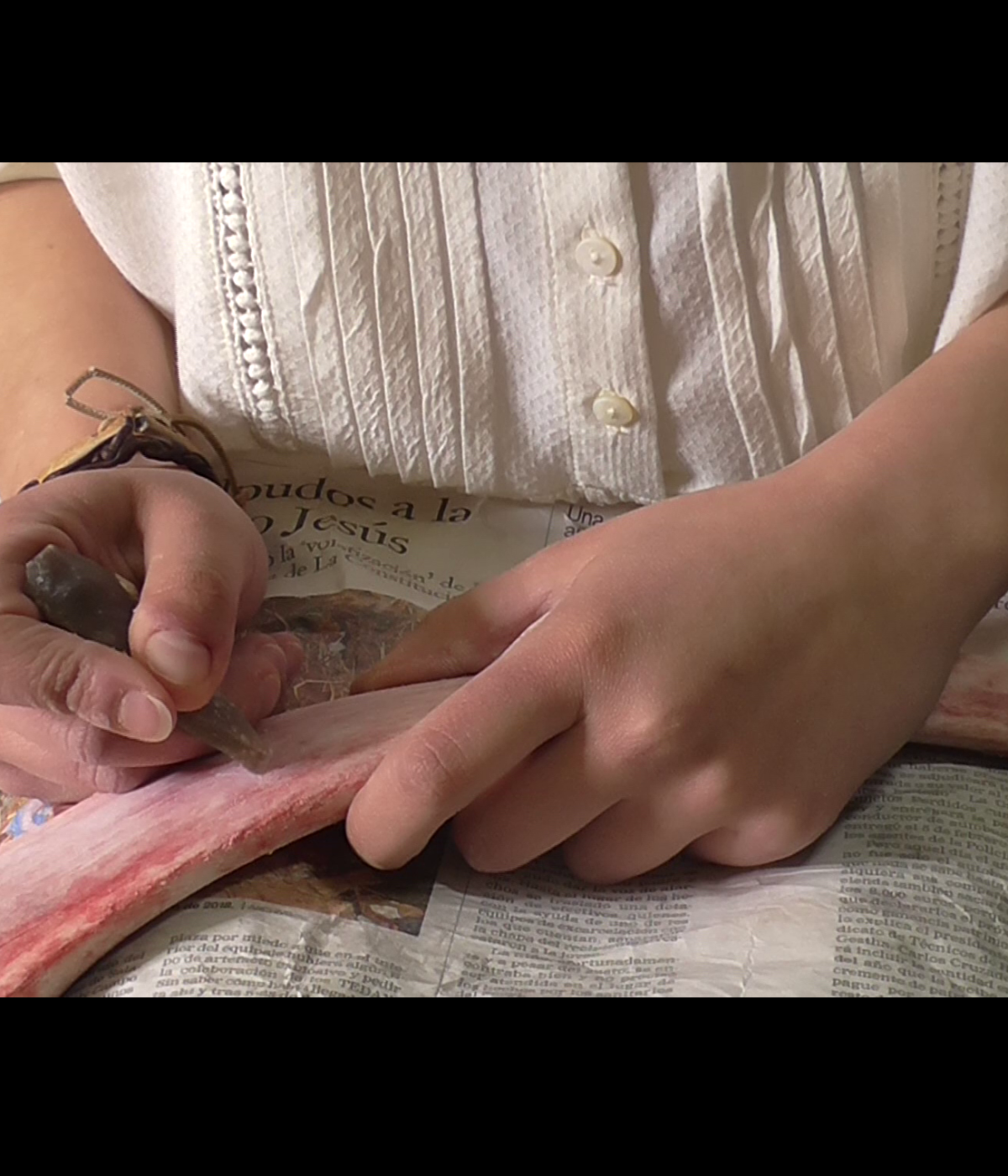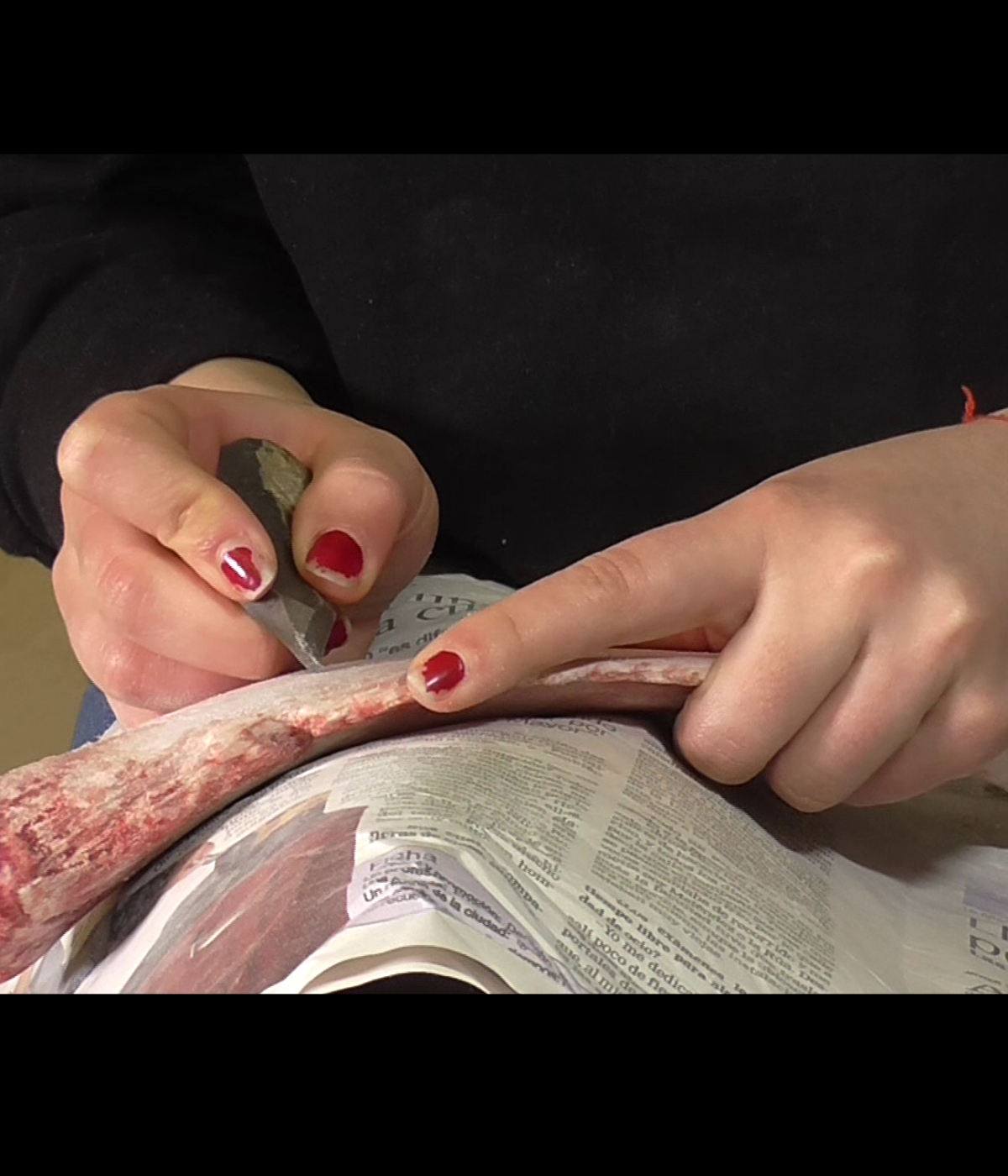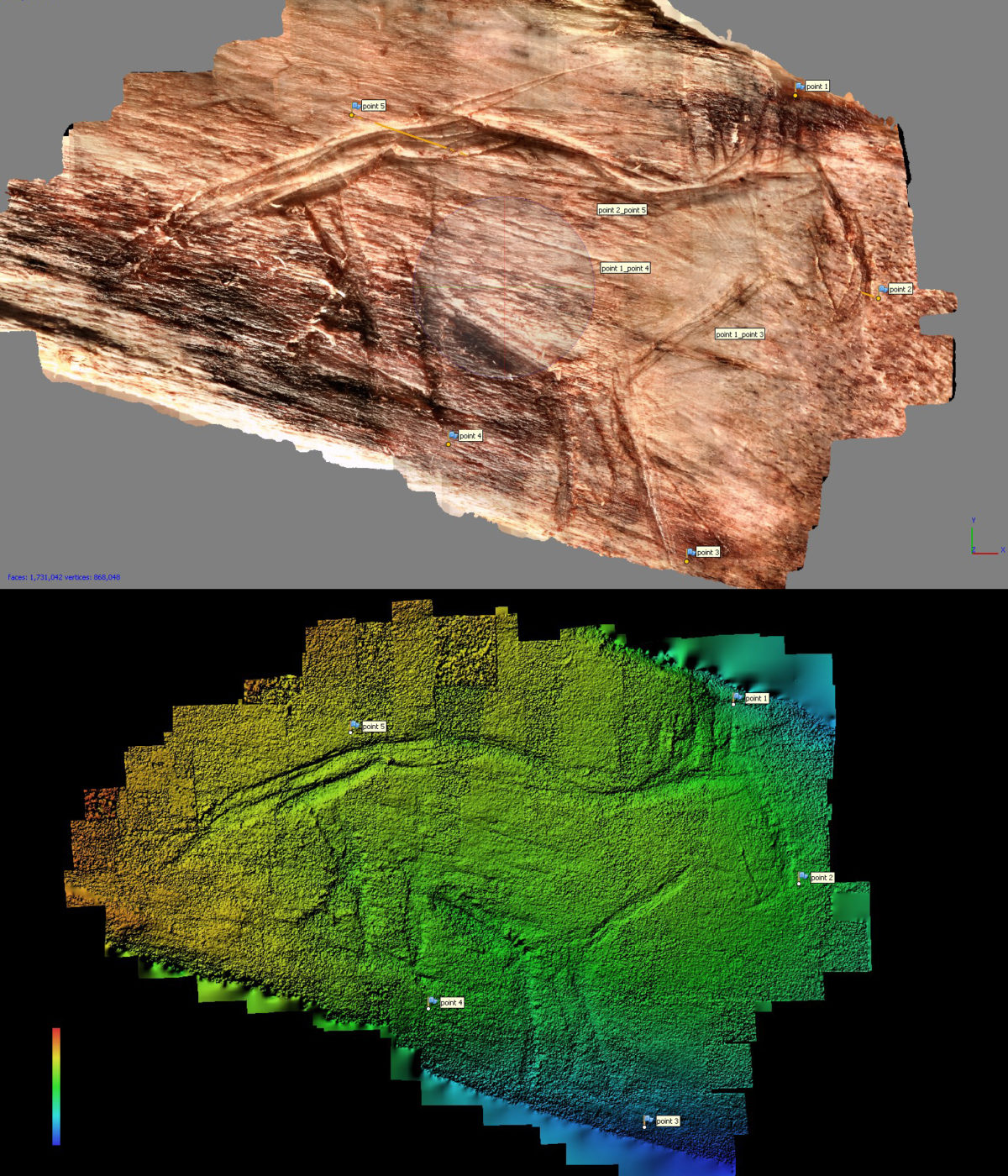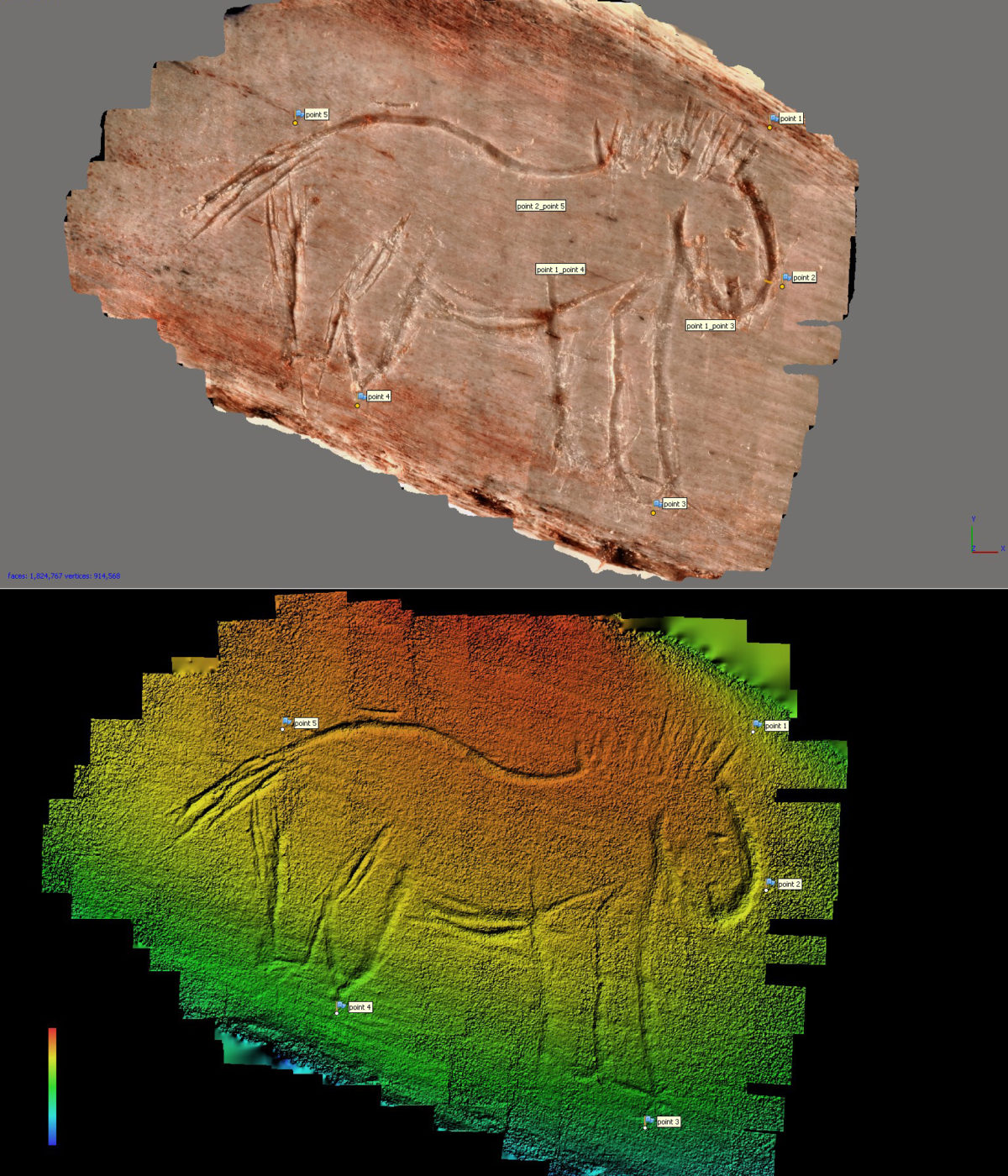ApArt
Learning and development of artistic capacities in anatomically modern humans: a multidisciplinary approach
Principal researcher: Olivia Rivero Vilá
The prehistoric graphisms of Paleolithic chronology that are preserved in Europe are one of the oldest examples of the creativity and cognitive complexity of anatomically modern humans (AMH) and, therefore, inestimate cultural heritage that reflect human evolution. In them are revealed varius fields of knowledge associated with the symbolic, but also key aspects for understand the processes of the social cultural transmission. The ApArt project aims to explore the development and transmission of the cognitive and cultural capacities of the AMH throughout the Upper Paleolithic, using the technical and aesthetic skills associated with the artistic productions of these moments as a field of study.
In order to achieve this objective, it will be analyze the processes that allow the knowledge transmission through badly investigated areas of prehistoric human behavior such as learning and the development of artistic capacities. The cultural processes of know-how conservations and their associated iconographic models will be also investigated. Through the multidisciplinary study of these phenomenon, hypotheses regarding the role played by art in Paleolithic societies as mechanisms of social reproduction will be reached, thus contributing to overcome the current limits of the discipline, still closely linked to formal studies. The project have the support of several Sanish and foreing researchers who contribute their experience in the different areas of knowledge that are required for its development.
The proposed methodology is original and innovative, and integrates diverse approaches and new technologies as traceological studies of tools, analysis of characteristic marks on parietal and portable supports by optical and electronic microscopy, experimental reproductions of tools and artistic objects, analysis of operative chains, 3D scans of real and experimental objects for comparison, investigation of the Neurological processes linked with the learning and generation of paleolithic reproductions, study of engraved objects by current Inuit populations as a framework for ethnoacheological inference, or physicochemical characterization of supports and pigments used in the archaeological contexts under study. In addition, the project will be developed on a series of very important archaeological sites, some of them discovered in recent years and intact. As a result of all this, publications will be made in indexed journals with a high impact index that contribute to the international dissemination of the results obtained.
During 2019 and 2020, gypsum and rib engraving experiments were carried out in order to understand the gestural dynamics of engraving. As a result, factors such as the movement patterns and orientation of the tool, the number of passes or the neatness of the line on bone, among others, were analyzed to determine different levels of technical ability.
The results have been already published here.
